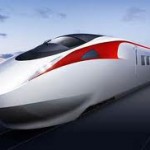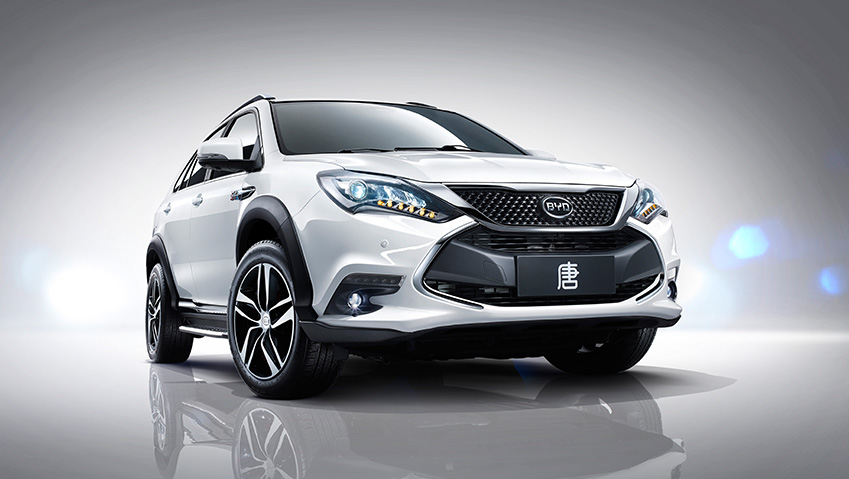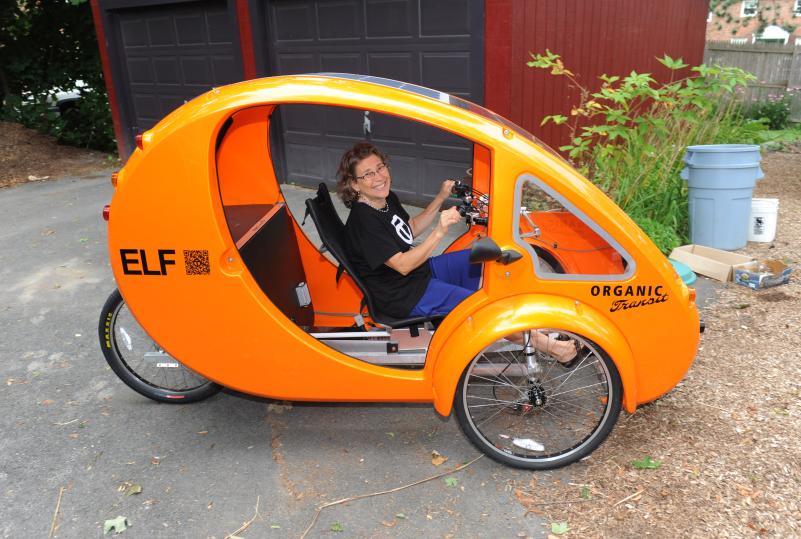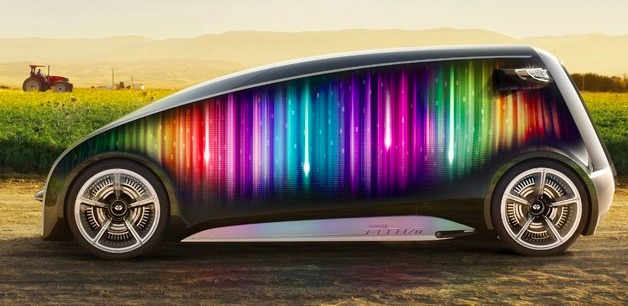
 Researchers are investigating how to make diesel-powered trains more eco-friendly. One way is to implement a hybrid energy storage system that both could lower fuel consumption up to 13 percent and reduce harmful idling emissions.
Researchers are investigating how to make diesel-powered trains more eco-friendly. One way is to implement a hybrid energy storage system that both could lower fuel consumption up to 13 percent and reduce harmful idling emissions.
Hydro-mechanical diesel multiple units (DMUs), multiple unit trains powered by diesel engines, are needed in regional traffic. At the Instituteof Vehicle Conceptsin Stuttgart, Germany, researchers have developed a new hybrid hydro-mechanical DMU concept, including a hybrid energy storage system made up of batteries and double layer capacitors. The hybrid energy storage system fits the requirements better in comparison with double layer capacitor or battery energy storage systems.
The main advantage of batteries is that they can store more energy than double layer capacitors, but their power is more expensive and they only last for up to 5000 duty cycles. On the other hand, double layer capacitors can give up to one million duty cycles. Another advantage of double layer capacitors is high power density, while the disadvantage is limited energy density which makes high energy applications very expensive.
To evaluate both the electrical and thermal behaviour of the hybrid energy storage system, the researchers built up a scaled energy storage in hardware on a test bench and used a DMU model to simulate train environment and drive train. The test bench makes it possible to validate models. The researchers measured the double layer capacitor and the battery currents and voltages. When they compared these values with simulated values a good agreement was seen. However, they also found that a suitable cooling concept of the hybrid energy storages has to be developed, as well as a dependable method to determine the storages’ state of charge while in operation.
This hybrid energy storage system connected to the DMU propulsion system was tested for fuel consumption and performance and compared with a conventional DMU. Depending on the characteristics of tracks and parameters such as station distance and maximum speed, simulations suggested fuel savings from 6 to 13 percent, which makes the CO2 emissions decrease by the same percentage. Reduced pollutant emissions and noise at stations can also achieved through the new concept, since it makes it possible to turn off the diesel engine during stops and use stored energy to power auxiliary systems.
This new hybrid hydro-mechanical DMU concept has a long way to go before being widely employed on tracks. However, fuel savings between 6 and 13 percent would be an important step towards decreasing the CO2 emissions from diesel-powered trains.



